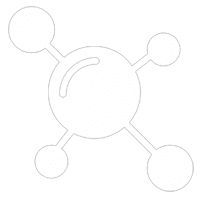What Is Iron Deficiency Anemia?
Iron deficiency (ID) and Iron deficiency anemia (IDA) are defined by a deficiency of either red blood cells or hemoglobin molecules. In cases of IDA, the anemia has been caused by a lack of iron, and this is one of the most common causes of anemia throughout the world.
Iron deficiency is a leading cause of anemia, affecting over 30 percent of people in the world. The main symptom of anemia is a lack of red blood cells. These cells carry oxygen to muscles and organs around the body, giving them energy in order to function correctly. Without a sufficient number of red blood cells, our bodies simply stop functioning effectively. There are various types of anemia, with iron-deficiency anemia being one of the most common forms.
Iron is a vital mineral for your well-being. It helps with lots of different bodily functions, primarily the creation of hemoglobin. Hemoglobin is a molecule which attaches to red blood cells and allows them to carry oxygen around the body. Iron is also essential in various other ways, so you should get plenty of it in your daily diet. Any excess iron we ingest is stored in the liver for future use. This iron is then used to create new red blood cells.
Understanding Blood
Your blood is filled with different types of cells and molecules, which circulate in a fluid known as plasma. Here are the primary components of blood:

Red blood cells
Used for transporting oxygen aroundthe body

White blood cells
defends the body against infection and disease

Platelets
Used for blood clotting to heal injuries

Proteins
Millions of red blood cells are produced each day in the bone marrow. This is because these cells don’t last forever. Each cell will be able to function effectively for about 120 days before a replacement is required so the body needs to constantly make new ones.
Red blood cells also contain a molecule called hemoglobin which is important for the transport of oxygen. In order to have enough red blood cells and hemoglobin molecules, you need a healthy diet that is rich in iron and other nutrients






